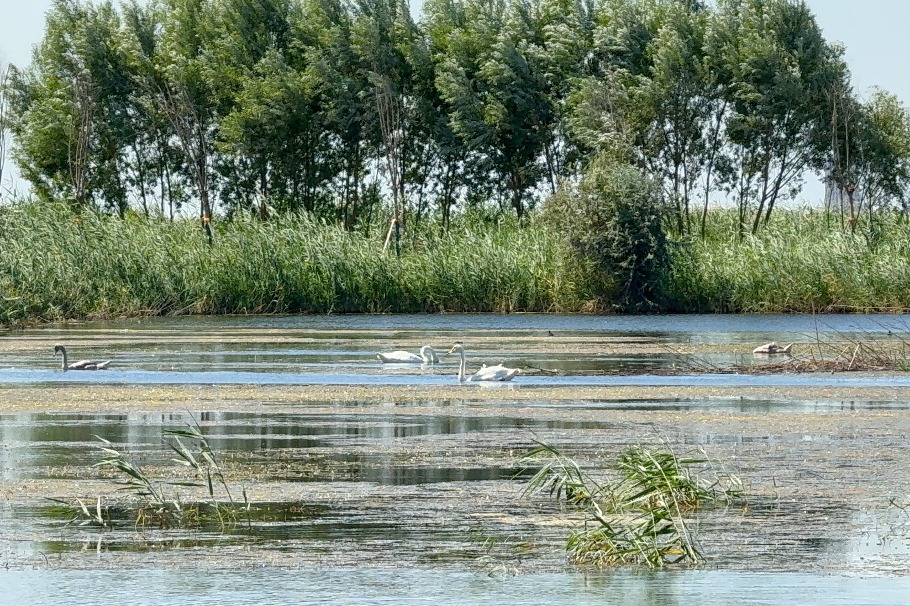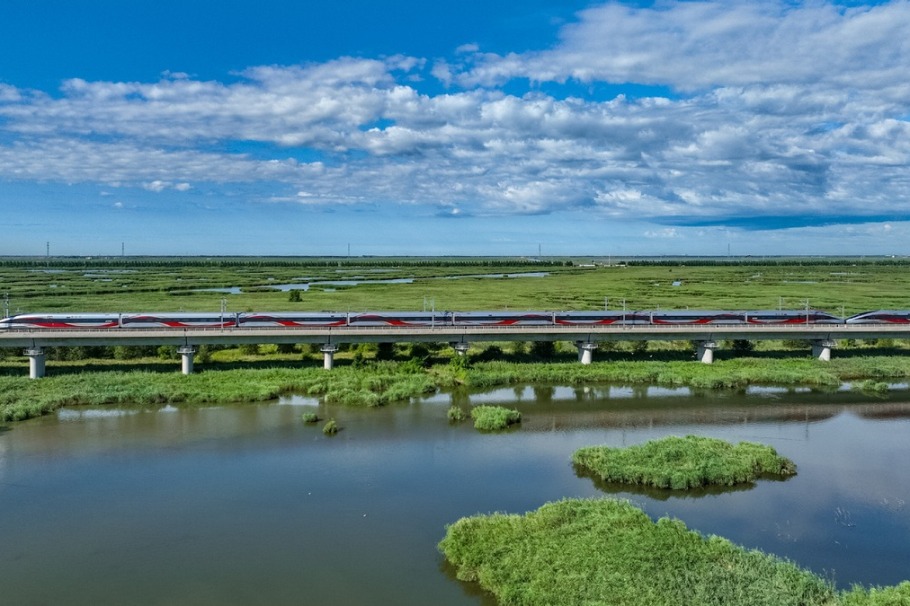Rethinking global responses to tackle climate change challenges

The upcoming 28th United Nations Framework Convention on Climate Change, aka COP-28, in Dubai is expected to present the sobering first results of the 2015 Paris Agreement, which show global greenhouse gas emissions continue to rise as their concentration in the atmosphere eclipses pre-industrial levels by 50 percent.
While wealthy northern nations continue demanding a global shift away from fossil fuels, acceleration of renewable energy development and the deep decarbonization of industries, they refuse to acknowledge that the potential of these actions requires enormous and scarce financial resources and the abandonment of impactful socioeconomic development by many countries.
Total annual emissions of greenhouse gases from the Earth's surface amount to approximately 860 gigatons in carbon dioxide equivalent. However, only 56 Gt of these emissions are associated with human economic activities. These anthropogenic emissions, comprising only 6 percent of all global emissions, have been the focus of the Paris Agreement. The remaining 94 percent of emissions originate from natural landscapes, including soil, plant decay, fires, swamps and oceans, and they are increasing due to global warming. For example, rising temperatures in the Arctic pose a threat of uncontrollable thawing of permafrost — a gigantic natural reservoir containing 1,400-1,800 Gt of carbon.
It is evident that each carbon dioxide molecule is identical and has the same impact on the greenhouse effect, regardless of whether it is of manmade or natural origin. Humanity can influence carbon dioxide generation by natural landscapes through projects that prevent ecosystem emissions or improve carbon dioxide absorption, known as Nature-based Solutions, aka NBS. According to scientists, the total potential of natural solutions, along with geoengineering projects, could exceed 150 Gt carbon dioxide equivalent per year, which is several times greater than all emissions produced by humanity.
The reason this enormous potential is not being utilized is that carbon units obtained from natural climate projects can only be realized on voluntary carbon markets, where the price ranges from $0.5 to $8 per metric ton of carbon dioxide equivalent. This is insufficient for the profitability of such projects. There are regulated carbon markets with mandatory quota purchases, the largest of which is the European Trading System, with prices per ton reaching up to $100. However, results from natural projects are not accepted there. These markets are largely monopolized by suppliers of technology for energy and industrial decarbonization, and as a result, standardized accounting rules for natural climate projects have not been established.
A more robust market where the results of quality and well-founded NBS were recognized would be a tremendous incentive for their effective implementation — and BRICS+ countries could drive this process. BRICS+ countries account for 40 percent of global greenhouse gas emissions, and with more than 30 percent of the world's territory and about 40 percent of global forests, they possess the largest potential in natural ecosystems: This potential gives BRICS+ countries the opportunity to achieve climate goals without slowing down their economic growth or relinquishing their resources.
China has already progressed further than other BRICS+ countries in creating a national carbon unit utilization system. According to recently released rules on China's voluntary carbon market, certified emission reductions, aka CCERs, must be issued by the end of 2023.The types of projects that can generate reductions include marine wind energy, solar thermal energy, afforestation, and mangrove restoration.
BRICS+ countries could take the lead in developing standards for climate — including natural — projects. This would require significant work, including emissions assessment methodology, unified project verification and accounting for project exchanges between countries. A unified registry of carbon units for BRICS+ countries would be a central element of this infrastructure.
Considering the disappointing pace of implementing the Paris Agreement, interest in these solutions is likely to increase. I call on participants at COP-28 to define specific mechanisms for intergovernmental cooperation to incentivize NBS in the hope that this conference will achieve a major milestone if the countries supporting these actions are united by initiating a permanent body under the auspices of the UNFCCC.

The author is chairman of the Russian Union of Industrialists and Entrepreneurs' committee on climate policy and carbon regulation.
Today's Top News
- China reaffirms sovereignty over Taiwan, says complete reunification unstoppable
- A-share market surges past 100 trillion yuan milestone
- No reason for Germany to let political expediency hurt relations with China
- Book on Xi's views on strengthening, revitalizing armed forces published
- China supports Ukraine peace talks between all parties
- China to hold press conference on military parade preparations





























